Birdsfoot Trefoil Uses: Planting Birdsfoot Trefoil As Cover Crop
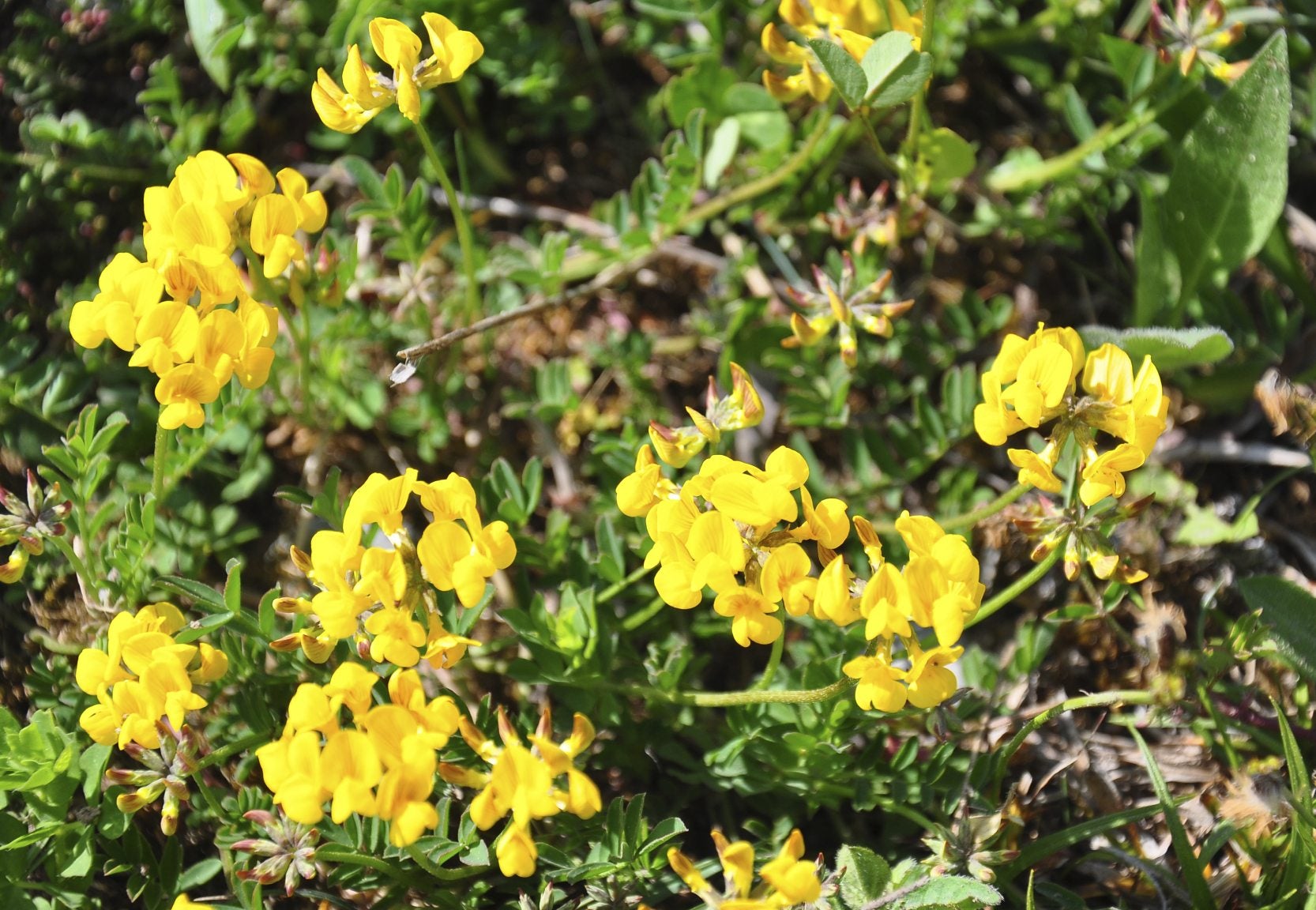

If you're looking for a cover crop for difficult soil, the birdsfoot trefoil plant may be just what you need. This article discusses the pros and cons of using birdsfoot trefoil as a cover crop, as well as basic growing techniques.
What is Birdsfoot Trefoil?
Birdsfoot trefoil (Lotus corniculatus) is a plant with several agricultural uses. At least 25 varieties are available. Buying seeds from a local supplier ensures that you get a good variety for your area. For farmers, birdsfoot trefoil uses include:
- crop for cutting as hay
- livestock forage crop
- cover crop plant
Home gardeners grow birdsfoot trefoil as a cover crop. There are some advantages to growing this uncommon plant instead of traditional cover crops such as alfalfa and clovers. Birdsfoot trefoil plant is a good choice for difficult locations with wet or moderately acidic soil. It tolerates moderate levels of salt in the soil as well. Birdsfoot trefoil also has some clear disadvantages. When the soil is good enough to grow alfalfa or clovers, these crops are better choices. Birdsfoot trefoil seedlings aren't very vigorous, so the crop takes time to become established, and may become overrun with weeds before it takes off.
Growing Birdsfoot Trefoil as Cover Crop
If you've never grown birdsfoot in the location before, you'll need to treat the seeds with an inoculum so that the roots can fix nitrogen. Purchase an inoculum labeled for birdsfoot trefoil and follow the package instructions or use treated seeds. You won't need treated seeds in subsequent years. The best time to plant is in early spring, but you can also plant in late summer if the soil is damp enough. The seedlings need consistently moist soil as they become established. The advantage of planting in late summer is that there won't be as much competition from weeds. Smooth the soil and then firm it up before broadcasting the seeds over the planting area. Firming the soil with a roller as you would when planting grass improves germination by ensuring the seeds come in firm contact with the soil. Make sure the soil stays moist. A light sprinkling of soil over the top of the seeds improves germination. Since it is a legume, birdsfoot trefoil contributes nitrogen to the soil. Although it doesn't need nitrogen fertilizer, it may benefit from the addition of phosphorous. As long as the soil stays moist and the plot doesn't become overrun with weeds, the crop is carefree.
Gardening tips, videos, info and more delivered right to your inbox!
Sign up for the Gardening Know How newsletter today and receive a free copy of our e-book "How to Grow Delicious Tomatoes".

Jackie Carroll has written over 500 articles for Gardening Know How on a wide range of topics.
-
 My Homemade Orchid Fertilizer Always Brings More Blooms – Here's The Easy Recipe That Transforms Plants
My Homemade Orchid Fertilizer Always Brings More Blooms – Here's The Easy Recipe That Transforms PlantsScientist-turned-gardener Mary Ellen Ellis shares her tried-and-tested DIY orchid fertilizer recipe, plus more ingredients to try for healthy, happy plants.
By Mary Ellen Ellis
-
 Looking For Plants To Give You The Soft And Fuzzies? Try These 5 Fuzzy Leaf Plant Options
Looking For Plants To Give You The Soft And Fuzzies? Try These 5 Fuzzy Leaf Plant OptionsLovers of texture, drama, silver foliage and tactile plants will adore these special sensory garden additions. These fuzzy leaf plant options will leave you all aglow
By Susan Albert
-
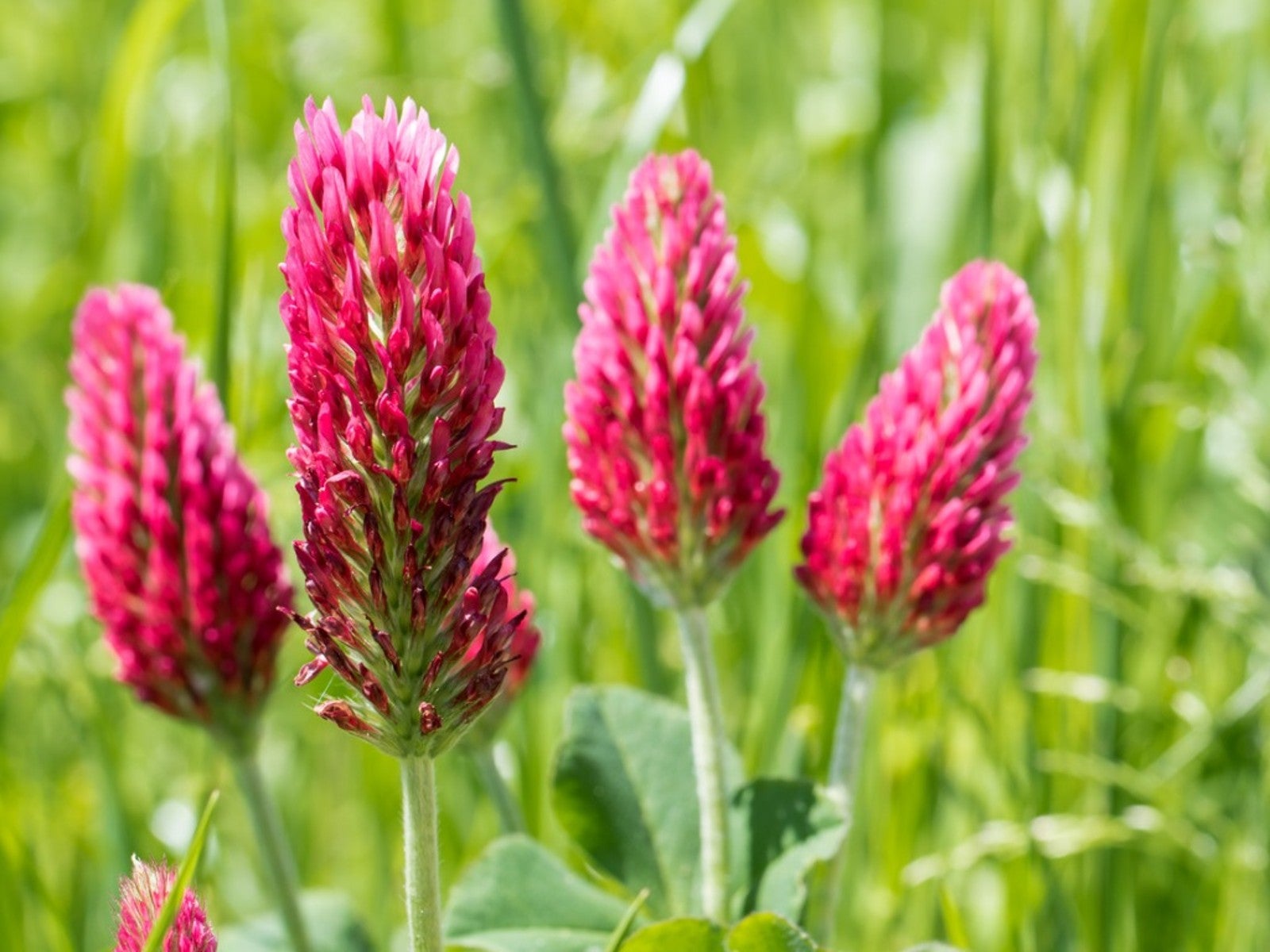 Best Late Summer And Early Fall Cover Crops
Best Late Summer And Early Fall Cover CropsPlanting cover crops is a gift you can give to your garden’s soil. Read on to learn about planting cover crops in late summer.
By Bonnie L. Grant
-
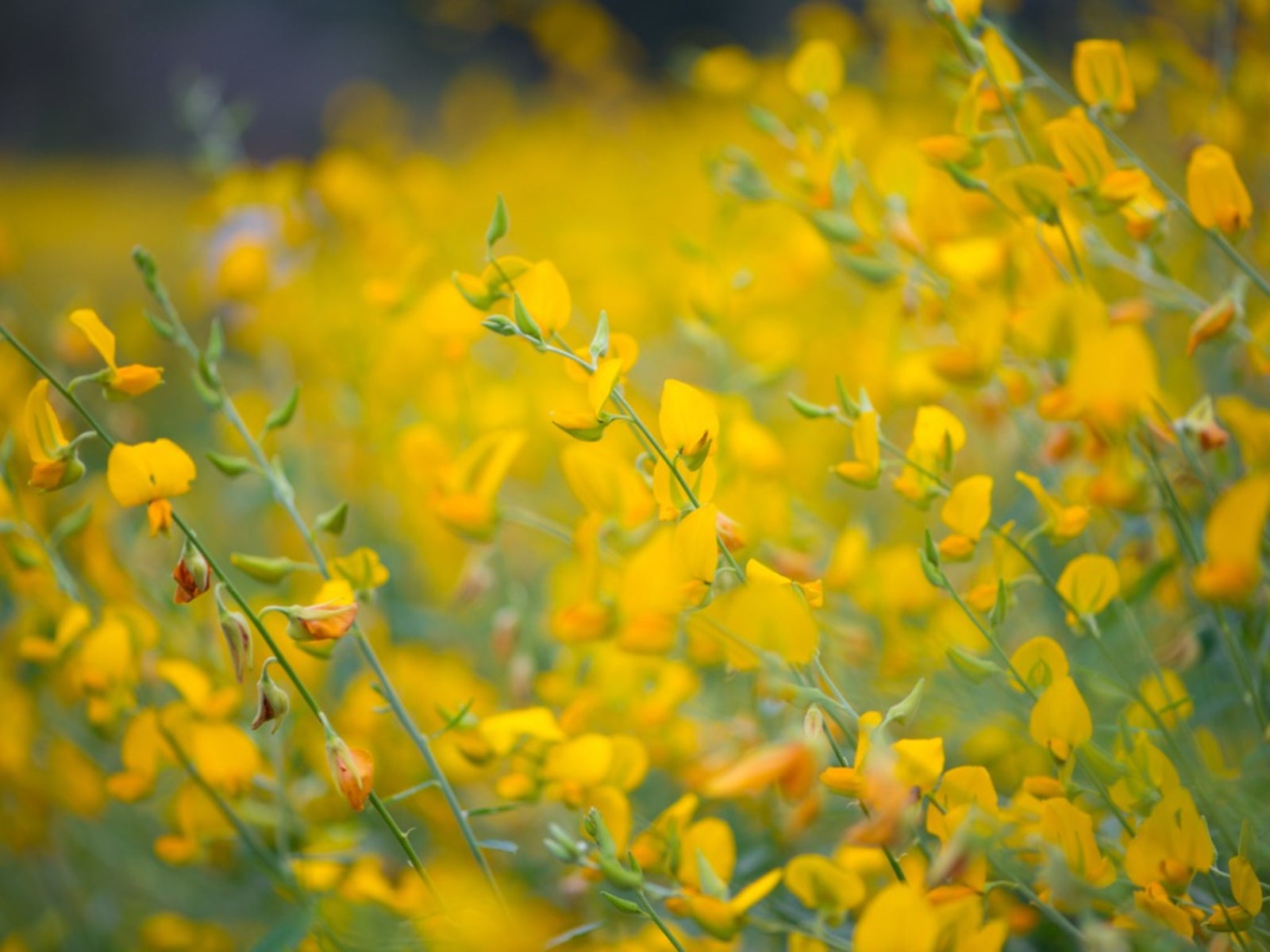 Sunn Hemp Plant Info – Learn Sunn Hemp Uses And Care
Sunn Hemp Plant Info – Learn Sunn Hemp Uses And CareSunn hemp grass is a warm weather grass. Click to learn more about Sunn hemp uses as well as helpful tips on growing Sunn hemp as a cover crop.
By Mary H. Dyer
-
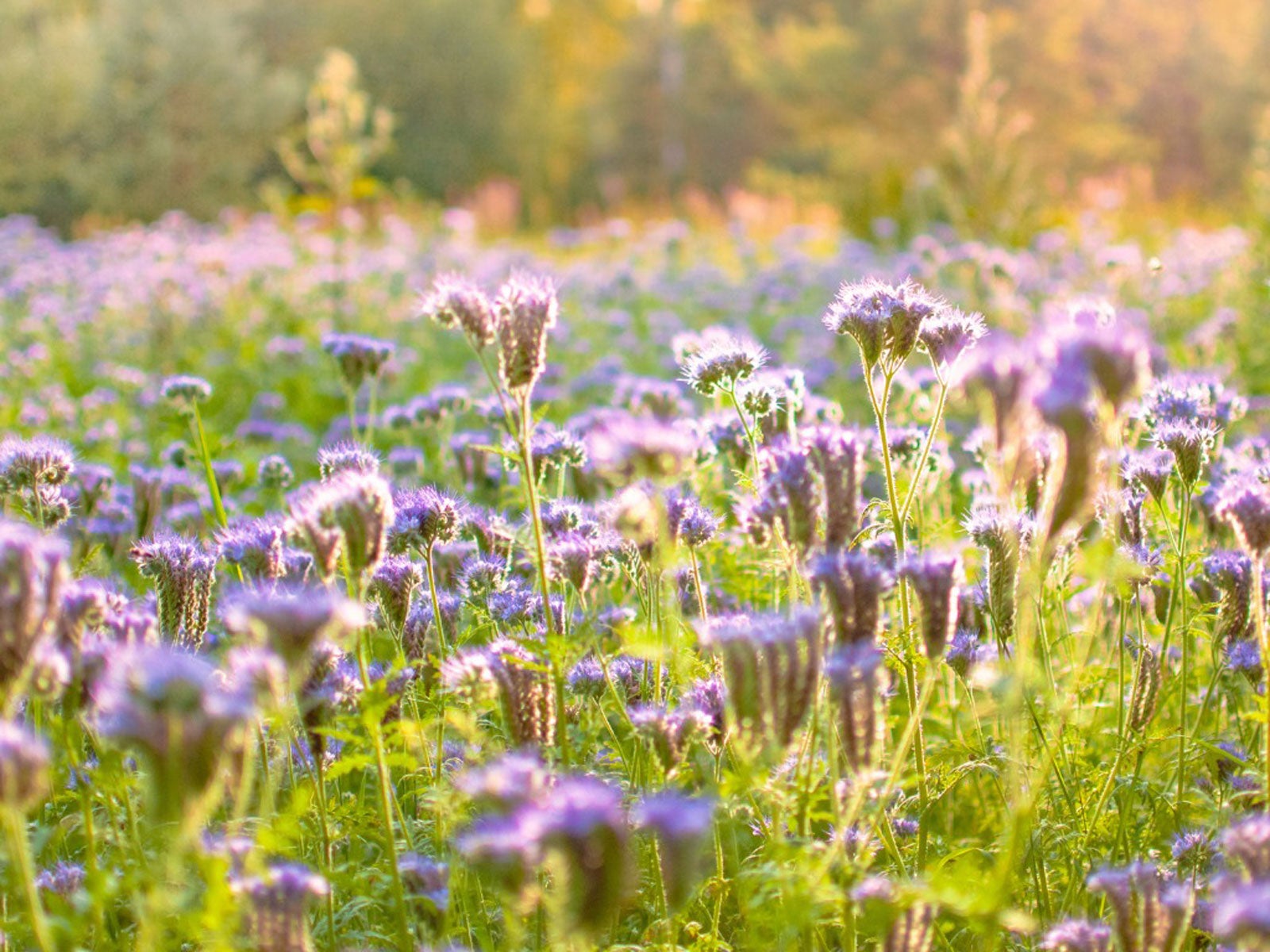 Native Cover Crops: Vegetable Cover Cropping With Native Plants
Native Cover Crops: Vegetable Cover Cropping With Native PlantsAre there any benefits to using native plants as cover crops? Click here to learn more about vegetable cover cropping with native plants.
By Laura Miller
-
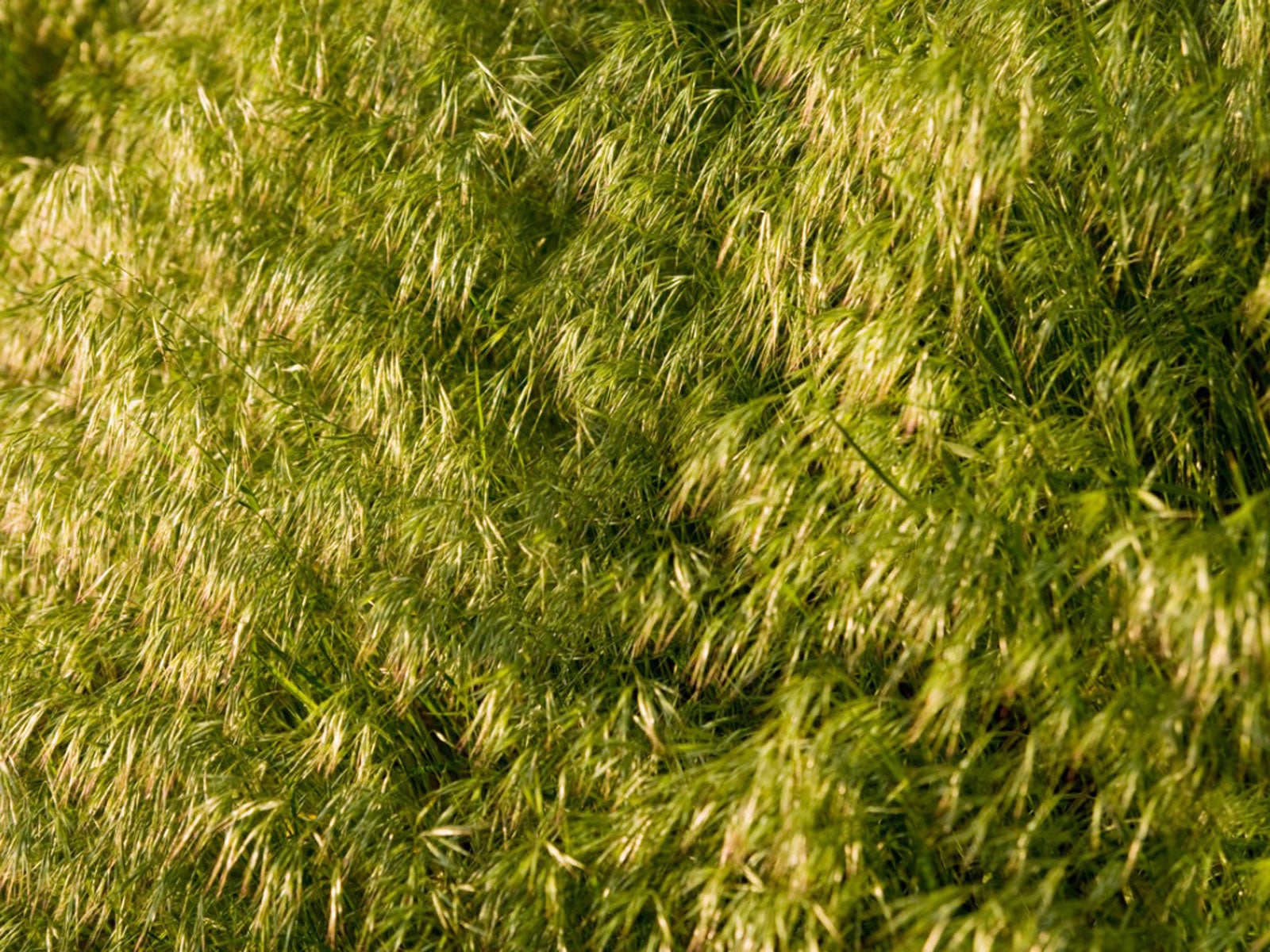 What Is Field Brome – Information About Field Brome Grass
What Is Field Brome – Information About Field Brome GrassField brome grass can be used as a cover crop to control erosion and enrich the soil. For more information, click the following article.
By Laura Miller
-
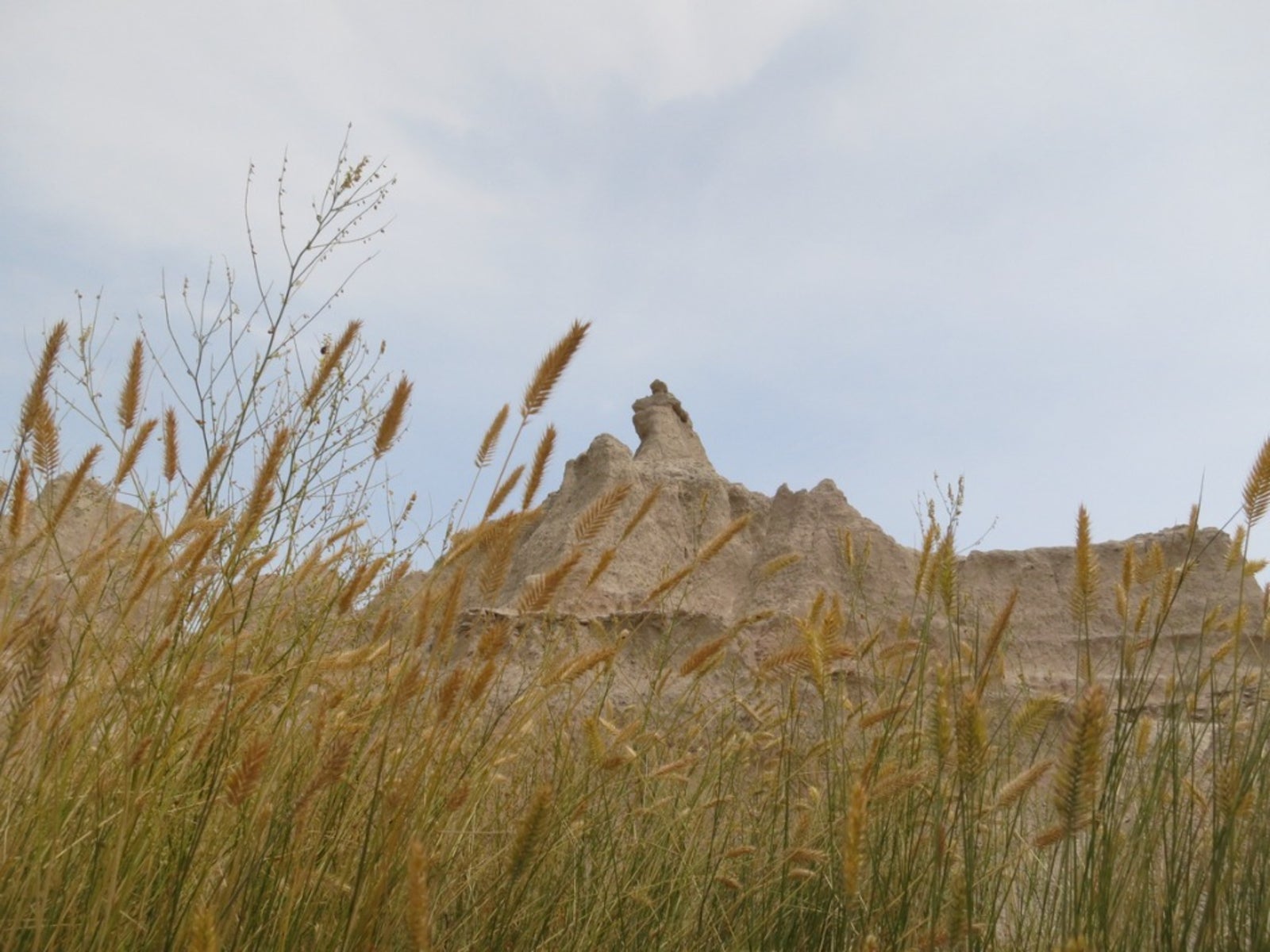 What Is Western Wheatgrass – How To Grow Western Wheatgrass
What Is Western Wheatgrass – How To Grow Western WheatgrassWheatgrass is native to North America and graces the Southwest, Great Plains and mountainous regions of the western U.S. It has some erosion control benefits but using western wheatgrass for grazing is the primary purpose. Learn more about it here.
By Bonnie L. Grant
-
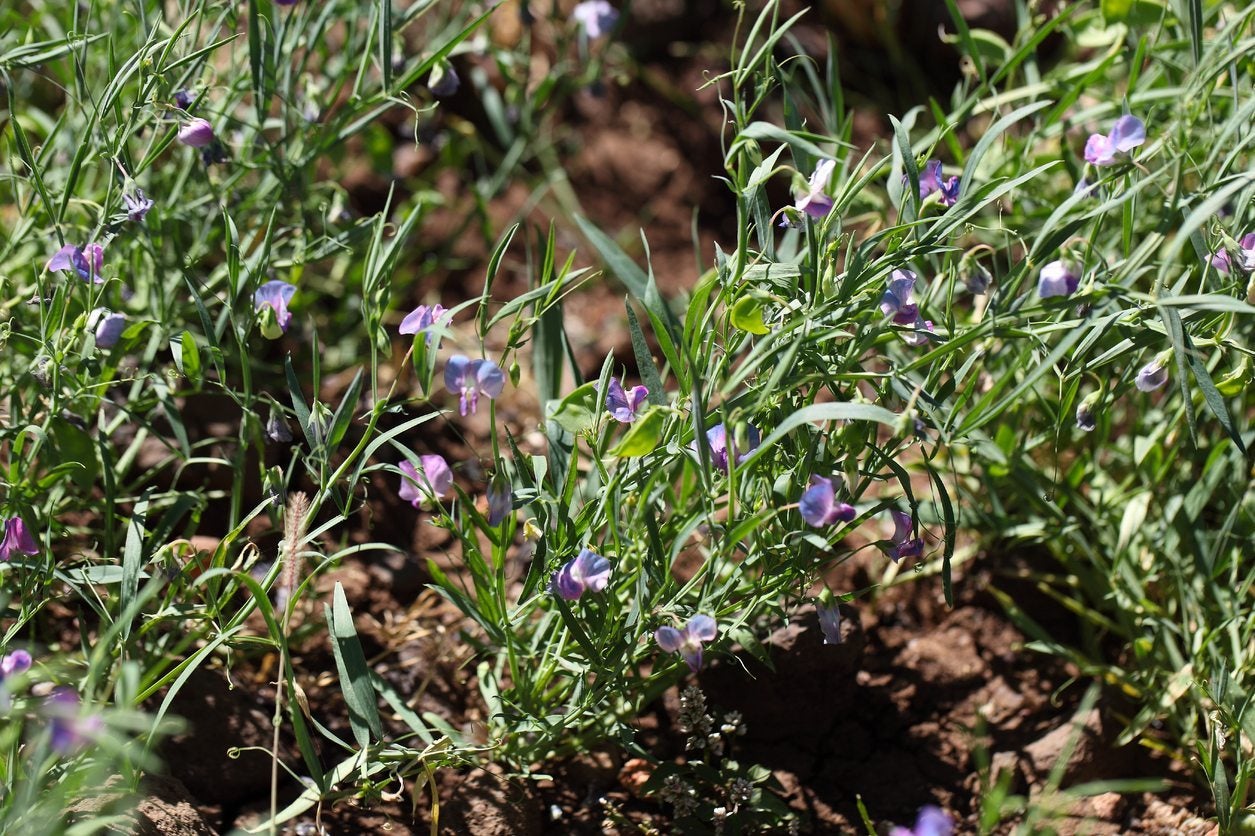 What Is Chickling Vetch – Growing Chickling Vetch For Nitrogen Fixing
What Is Chickling Vetch – Growing Chickling Vetch For Nitrogen FixingWhat is chickling vetch? Also known by various names such as grass pea, white vetch, blue sweet pea, Indian vetch, or Indian pea, chickling vetch is a nutritious legume grown to feed livestock and humans in countries around the world. Learn more about the plant here.
By Mary H. Dyer
-
Establishing Kura Clover: Learn How To Grow Kura Clover Plants
You no doubt have heard about the four-leaf clover, but few gardeners are familiar with kura clover plants. Kura is a forage legume and if you are interested in growing kura as a groundcover or establishing kura clover for some other use, this article will help.
By Teo Spengler
-
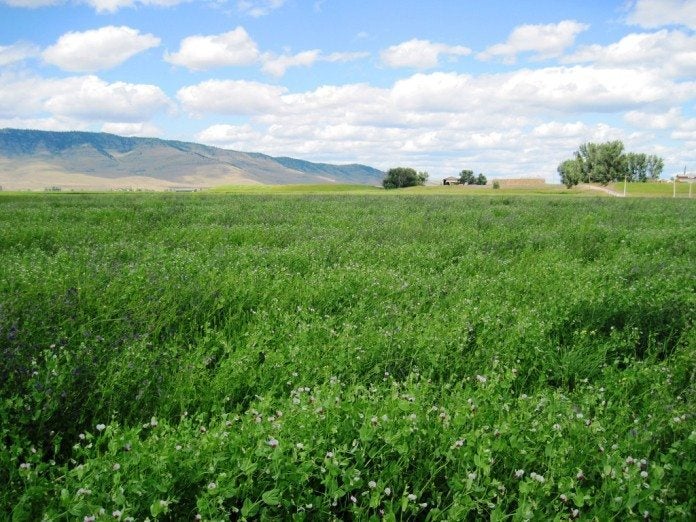 What Are Austrian Winter Peas: A Guide To Growing Austrian Winter Peas
What Are Austrian Winter Peas: A Guide To Growing Austrian Winter PeasWhat are Austrian winter peas? Also known as field peas, Austrian winter peas have been grown around the world for centuries, primarily as a valuable source of nutrition for humans and livestock. Click this article for info on growing Austrian winter peas.
By Mary H. Dyer